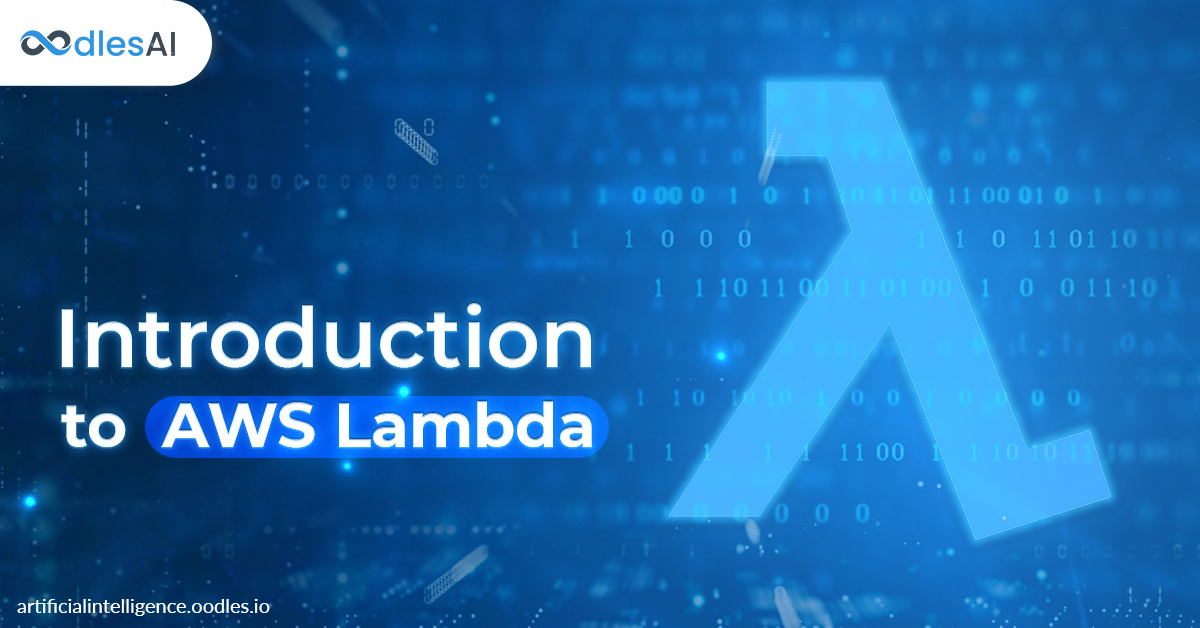Exploring the Computational Powers of AWS Lambda
Asheesh Bhuria | 15th January 2020

AWS Lambda is a cloud-based computing service provided under Amazon’s Web Services. The serverless code-running features of AWS Lambda is enabling global businesses to integrate next-gen technologies and AI development services into their applications and systems. Amazon Lambda’s function-specific abilities streamline the deployment of machine learning, deep learning, and chatbot development services.
A short and precise definition of AWS Lambda goes as such-
“An event-driven serverless computing platform, which efficiently automates the coding process without provisioning larger servers or infrastructures”
All a user needs to do is write their code and upload it to AWS. The code can be set up to be triggered from other AWS services, or be called directly.
AWS Lambda takes care of server administration, scaling, fault tolerance, security. AWS takes care of server administration, that is, the user never needs to update the underlying OS when updating a path. The code is executed and scaled dynamically based on the requests. And there is no limit to the number of requests – which means that AWS Lambda provides consistent performance by creating as many instances as needed. AWS maintains the computing capacity of the Availability Zones in each region in order to protect our code from a server failure. Also, there is no maintenance window or scheduled downtime with AWS lambda.
AWS Lambda even allows orchestrating multiple functions and flexible resource model. For complex and long-running tasks we can make use of multiple Lambdas with the help of AWS Step Functions. They allow executing collection of Lambdas sequentially or parallelly and even allows error handling. AWS Lambda also allows us to choose the amount of memory we want to allocate to the functions and it automatically allocates proportional – CPU power, network bandwidth, and disk I/O.
Another benefit of AWS Lambda is that the user is charged based on computation time and the number of time the lambda is triggered.
The below diagram summarizes it’s working.
Deploying Machine Learning Models to AWS Lambda
At Oodles, we are constantly exploring new business opportunities to deploy machine learning development services over Amazon Lambda. AWS Lambda can be programmed to be triggered by changes in data, shifts in system state or action by users.
- We can use AWS lambda to be triggered immediately after an image is uploaded to the Amazon S3, the lambda can be used to reduce the size of the image, encrypting the image, creating a thumbnail of the image, etc.
- AWS Lambda can be used to filter, sort, or perform any other transformation on data.
- Create serverless backend to handle mobile, web, Internet of Things and third-party API calls.



